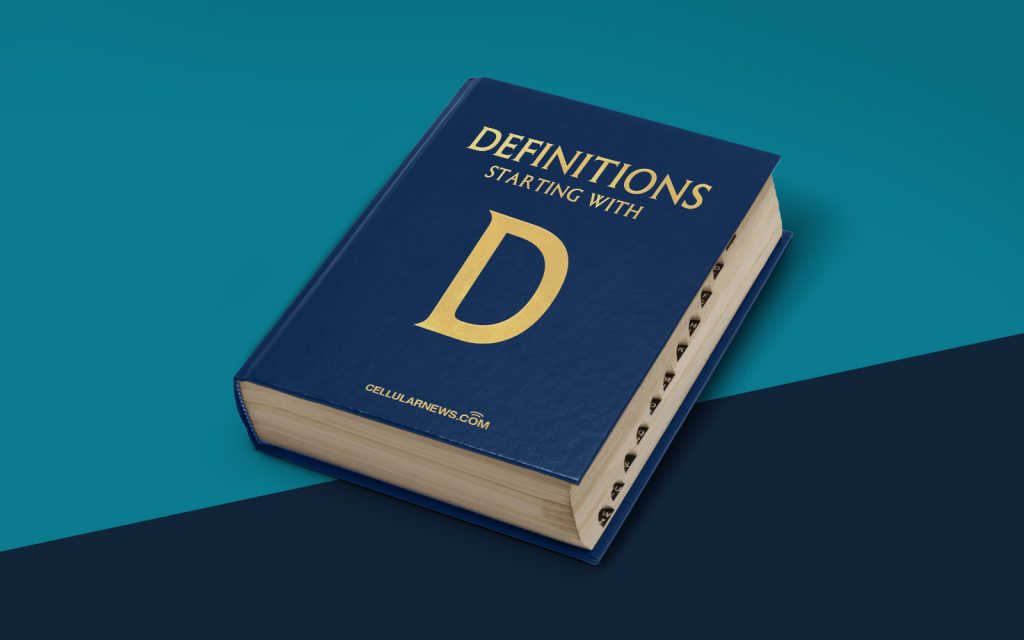
What is Digital Video Broadcasting – Cable (DVB-C)?
Welcome to our “Definitions” blog series, where we dive deep into various topics to help you understand complex concepts in a simple and concise manner. Today, we will be discussing Digital Video Broadcasting – Cable, also known as DVB-C.
Digital Video Broadcasting – Cable (DVB-C) is a widely used standard for the transmission of digital television signals over cable networks. It provides a more efficient and reliable method of delivering high-quality video and audio content to viewers through cable television networks. To put it simply, DVB-C allows cable operators to deliver a wide range of digital television channels to homes and businesses.
Key Takeaways:
- DVB-C is a standard for transmitting digital television signals over cable networks.
- It enables cable operators to deliver high-quality video and audio content to viewers.
Now, let’s take a closer look at how DVB-C works and why it has become the go-to standard for cable television transmission.
1. Efficient Compression: One of the key features of DVB-C is its ability to compress video and audio signals efficiently. This compression technology allows cable operators to transmit a larger number of digital channels within the available bandwidth, compared to traditional analog cable systems. By using advanced compression algorithms, DVB-C maximizes the use of the cable network’s capacity, providing viewers with a greater variety of channels to choose from.
2. High-Quality Reception: DVB-C ensures the delivery of high-quality digital television signals to viewers. Unlike analog signals that are susceptible to interference and noise, digital signals transmitted through DVB-C are more resistant to signal degradation. This means that viewers can enjoy crystal-clear picture and sound, providing a more immersive and enjoyable viewing experience.
Additionally, DVB-C supports a wide range of video and audio codecs, allowing for the transmission of High Definition (HD) and even Ultra High Definition (UHD) content. This ensures that viewers can access content in the best possible quality, depending on their devices and television sets.
In conclusion, Digital Video Broadcasting – Cable (DVB-C) is a standard that revolutionizes the way digital television signals are transmitted over cable networks. Its efficient compression technology and high-quality reception make it the preferred choice for cable operators to deliver a wide variety of digital channels to viewers. With DVB-C, you can enjoy an enhanced television viewing experience like never before!
